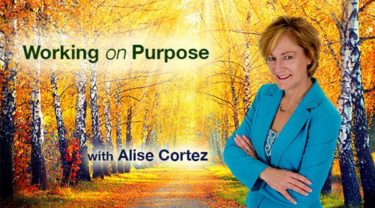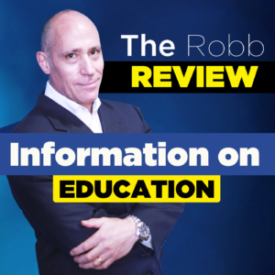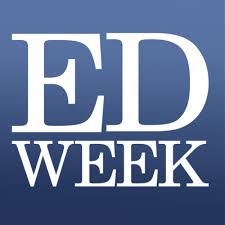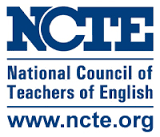Holding on to Someone Else’s Line
By: Linda Rief
In my latest book The Quickwrite Handbook (Heinemann, 2018) I described how I came to do what I called “

And it worked, and has continued to work, for most of my kids.
Holding on to someone else’s line has been magical in helping my students find their own words. More often than not they can get rid of that line as they continue to draft their thinking in their words.
Maybe it was the notion of holding on to someone else’s line that led me to Nikki Grimes’ book One Last Word. In this
This is the first year I have tried this form with my students. We had just finished reading Refugee by Alan Gratz. As we read the book I asked them to collect lines that resonated with them from the three families’ stories. I asked them to write down questions that came to mind as we read, and to look up articles and pictures that might help them answer the questions. When we were done with the book I encouraged them to share response or reaction in any form they chose. But, I did show them One Last Word as a possibility.
Although this worked especially well after reading the book Refugee, because of its emotional topic, I imagine these examples could be used at any time for any kind of writing. These were the instructions and examples I gave my students, adapted from Nikki Grimes.
Write a poem by
- using the line/s from a poem, each word of the line becomes the last word in each line of your poem, or
- using a favorite quote from Refugee or any author or book you love, each word of the quote becomes the last word in each line of your poem, or
- using a newspaper headline with a compelling lead or poignant photo attached, each word in the headline becomes the last word in each line of your poem
I gave the students several examples from Nikki Grimes book One Last Word. I showed them how she took the poem “Hope” by Georgia Johnson and used the first line of that poem to shape her poem “On Bully Patrol.” Then I showed them what I wrote.
I used the last line from Mary Oliver’s poem “The Summer Day” because it is a line I use as a mantra in working with eighth graders: “Tell me, what is it you plan to do with your one wild and precious life?
This is what I wrote, using that line:
Sometimes, in their writer-reader notebooks students tell
Truths that they are admitting to me
And so often I don’t know what
it is
That would help them cope with it
Whether the “it” is hunger or homelessness, self-doubt
or bullying or even dysphoria. As a teacher you
Try your best to plan
A strategy to
Help each child do
What they need to do, with
Compassion and sensitivity. Your
Concern and helplessness make you worry that one
Day this wild
Child, who is only defending herself and
Trying to make the world work for her, will know what to do with her one precious
life.
Linda Rief
Many students found poetry by crafting their poems in this form. Sophie asked, “Do we have to stick with that form, one last word?”
“Absolutely not,” I told her. “Form should never drive what you have to say. It is only a suggestion. Let your words take the form that best fits what you want to say.”
Sophie wrote:
Tallying the Daily Dead
Line from Refugee by Alan Gratz, p.195
When you were in kindergarten
you learned how to tally.
You thought nothing of it,
nor should you have.
It was just a way
to count the numbers
that were put in front of you by a teacher.
You were always told
tallying should not be used for big numbers,
like 65.6 million people displaced at the end of 2016 or,
the 40.3 million displaced
within their own country or
perhaps not
the 22.5 million forced to flee
to another country.
In kindergarten,
you tallied numbers.
Now,
we tally lives.
Sophie M. 8th grade
I am always looking for a variety of ways to help students get words on paper. No matter what way that might be, we need to remember: try the idea ourselves, give the students examples (ours, professionals, other students), give them choices within the framework, and let the framework go if they have other ideas. The bottom line in writing: finding every, and any way we can, to help students communicate their thinking in order to grow their voices.
References:
Gratz, Alan. 2017. Refugee. NY. Scholastic.
Grimes, Nikki. 2017. One Last Word. NY: Bloomsbury Children’s Books.
Rief, Linda. 2018. The Quickwrite Handbook. Portsmouth, NH: Heinemann.
![]()









